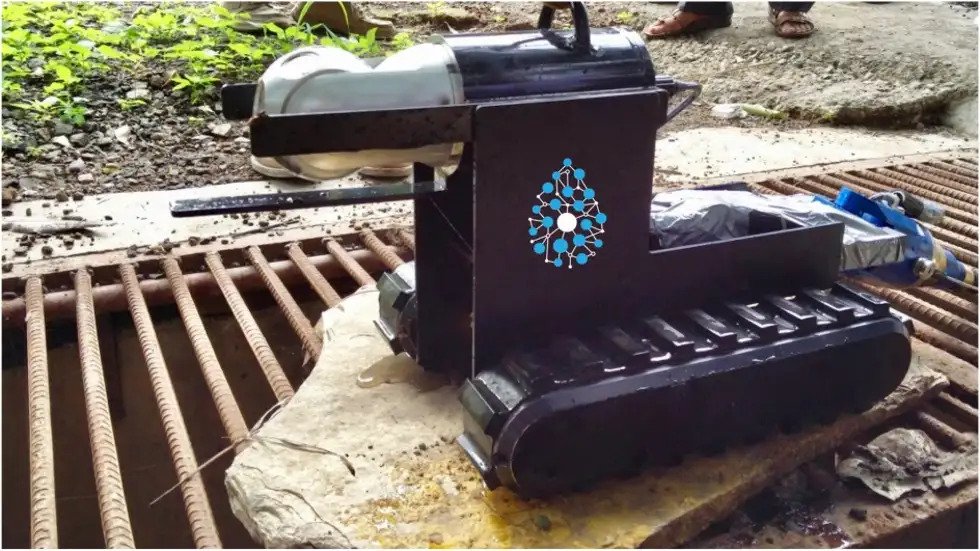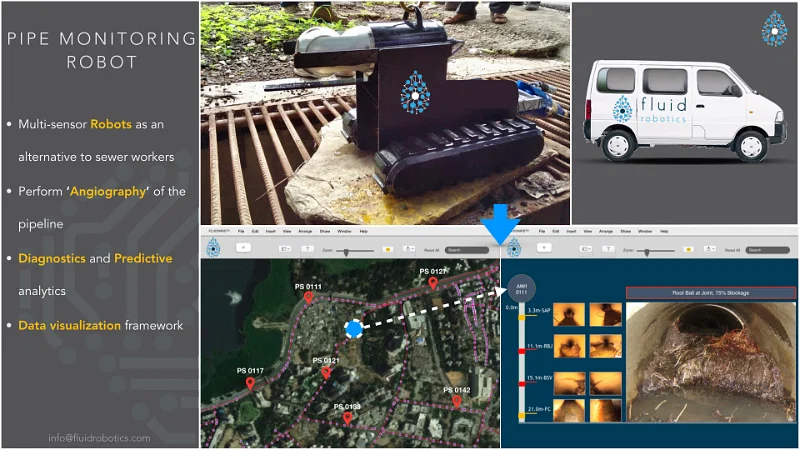(June 24, 2022) Some of his fondest memories from his childhood are cooking with his mother. Today, Chef Rohit Ghai is one of the best-known Indian chefs in the UK, and is widely known as the fastest Indian to get a Michelin star. After honing his craft at some of the most prestigious hotels and restaurants in India – including The Oberoi Group and the Taj Hotels – Chef Ghai began his international career working with Michelin-starred restaurant Benares in London in 2008.
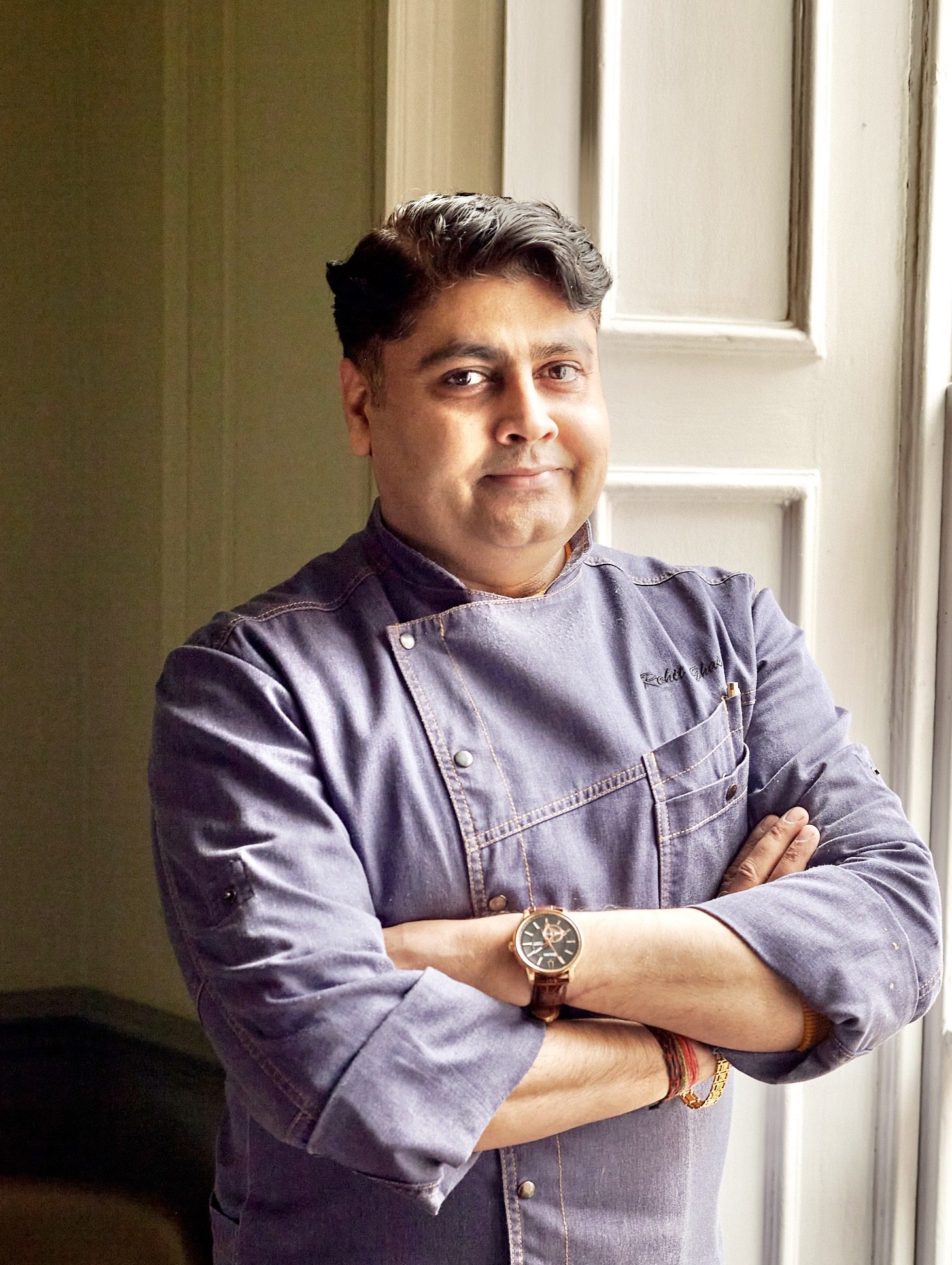
Chef Rohit Ghai
Since then, he has led several other Michelin-starred kitchens, such as multi-award-winning Gymkhana, Trishna, and the JKS Group, where he developed innovative menus and became accomplished in all areas of operations, recruitment and managing teams across different sites. He later launched the Leela Groups’s first London venture, Jamavar, in 2016, which earned him the fastest Michelin star – within 10 months of the restaurant’s opening.
Chef Ghai recently released his first cookbook, Tarkari, a rich repository of his earliest food and travel memories. He also opened Kutir in November 2018 to offer a slightly different take on London’s high-end Indian food offering. “It has been a fantastic journey,” shares the chef, during an interaction with Global Indian, adding, “I have learned from some wonderful mentors over the years. It was so exciting to refine the menu and concept of my new venture Kutir, and bring a different style of Indian cuisine to the London market. We now have our second restaurant in the UK called Manthan.”
A small-town boy
Originally from Punjab, Chef Ghai’s family resided in Gwalior, where his father worked in the Public Works Departments (PwD). The youngest of the five siblings, the chef attributes his love for cooking to his mother, who would prepare simple yet expertly balanced dishes at home. “I remember as a child I would always be around my mother. In fact, kitchen was where I felt the happiest. I will never forget the first proper meal I cooked myself when I was about 15 years old. It was sarson ka saag and my mother taught me how to make it. When she approved of it, I was so happy,” shares the chef, adding that till date he returns to his mother’s recipes for inspiration to reconstruct a new dish for his customers.
He might be one of Britain’s most-celebrated chefs today, however, Chef Ghai never consciously decided to pursue a career in culinary arts. “You can call it destiny,” quips Chef Ghai, “Growing up, while I loved to cook, becoming a chef was never the plan – it just happened naturally for me.” After realising that he wanted to pursue a career in the culinary industry, he enrolled at the Institute of Hotel Management in New Delhi to become a chef. “Like most Indians, my parents also wanted me to either take up engineering or prepare for UPSC. However, when I told them that cooking is what I loved, they supported me,” he says.
A rising star
After graduating, Chef Ghai worked for several grand hotels where he honed his skills and began to get acquainted with the different regional cuisines available across the country. This included stints at both Taj Hotels and Resorts and Oberoi Hotels – two of the most-esteemed groups in India.
Realising how the perception of Indian food was changing in the UK, he decided to move to London in 2008 and bring his expertise to a new audience. Joining Atul Kochhar – who is a pioneering twice Michelin-starred chef from India – at the famous restaurant Benares as a sous chef, he worked at the restaurant for five years until an opportunity to become an executive chef with JKS Restaurants arose.
By 2016, his success at JKS had earned him a reputation for running critically-acclaimed kitchens. He opened Jamavar for the Leela Palace Hotels – an all-day dining restaurant with a slightly more contemporary and pan-Indian menu. Ten months into it, Chef Ghai became the first Indian chef to win a Michelin star within a year. “It is quite a glamourous looking industry, isn’t it?” exclaims Chef Ghai. “However, there is a lot of hard work that goes into preparing a single plate. It’s a very demanding industry, and one doesn’t get much time for themselves or their family. I think I am very blessed that I was able to be in this industry and my work was so widely appreciated.”
From a chef to a restaurateur
Partnering up with Abhishake Sangwan, the chef opened Kutir in November 2018 to offer a slightly different take on London’s high-end Indian food offering. “The restaurant is based on the hunting lodges of India,” shares the culinary expert, adding, “I always look to bring something new and refreshing to the city as people are so open to trying foods they haven’t had before. When I was a part of the team at Oberoi Hotels in India, I helped to launch a luxury lodge in the heart of the forest, and that’s what inspired me to do something similar in London. It was perfect – we didn’t want to open a big restaurant so we could really focus on the food and have staff talk customers through some of the more unknown dishes.”

A glimpse of Chef Ghai’s table
Taking inspiration from all the different regional Indian cuisines, Chef Ghai’s menus make the most of seasonal British produce. However, several familiar dishes appear on the menu too – including dhokla, khichadi, khasta and falooda. “We serve three exceptional tasting menus that we refer to as expedition menus: Signature, Vegetarian Signature and a seasonal expedition menu, with a focus on game or seafood. Many Indian dishes are naturally vegetarian or vegan and are in fact, some of my most-loved dishes,” shares the chef, who opened his second diner, Manthan, in Mayfair last September.
“The menu at Manthan is a culmination of many years of work and I hope it speaks to customers as being representative of the comfort food I love back home as well as the food I have made my name cooking here,” shares the chef, for whom comfort food is a simple bowl of toor dal and chawal.
Expansion on his mind
Having successfully run several kitchens, Chef Ghai released his first cookbook, Tarkari, earlier this year. “Tarkari is an Urdu word, which means vegetables. The book is all about cooking with family, and I wanted to pay homage to the food my parents ate and cooked for me when I was growing up. That is where my love of cooking started. These recipes take me back to fond memories of watching my mother cook. Being part of the action in the busy kitchen makes up some of my first childhood memories,” shares the chef, who worked on the book during the pandemic lockdown.
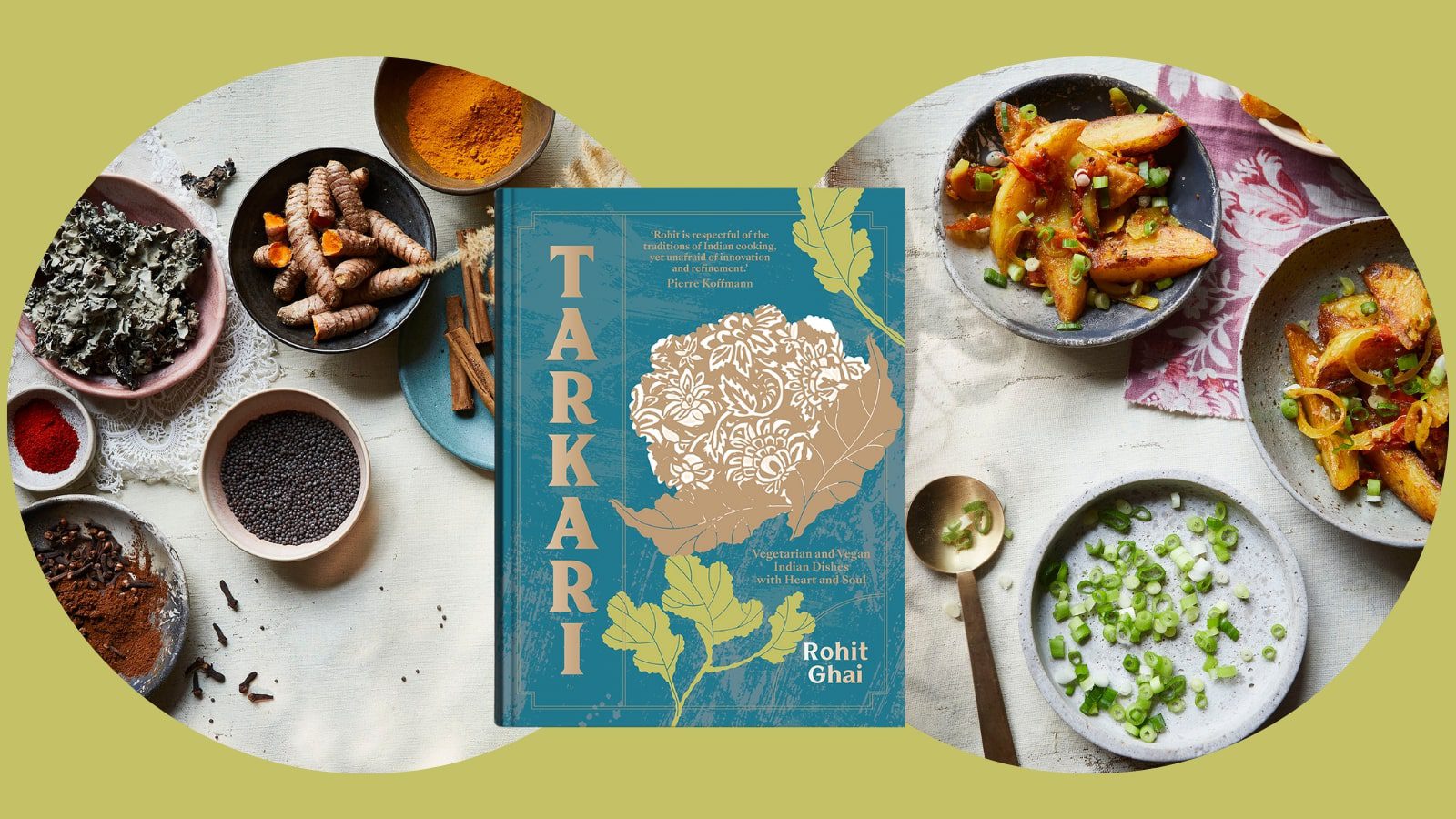
The chef, who was also a part of the Expo 2020 Dubai, is currently working on starting a few new restaurants, including one in the UAE. “It is a very exciting time for me. I have loved working on Expo 2020 and enjoy the time I spend there, so a restaurant in Dubai would be a dream come true. Either Dubai or Oman would be on the top of my list,” says the chef, adding, “I am also looking to open a restaurant in India. However, we have to work on a plan for that one.”
- Follow Chef Rohit Ghai on Facebook, Instagram, LinkedIn and Twitter
- Follow his restaurants – Iksha 360, Manthan, Kutir and Koolcha



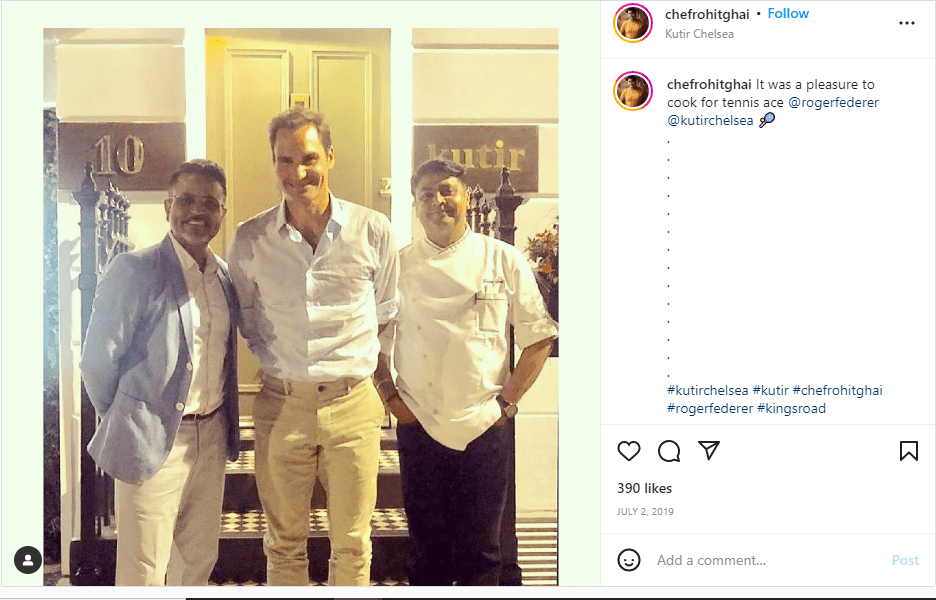
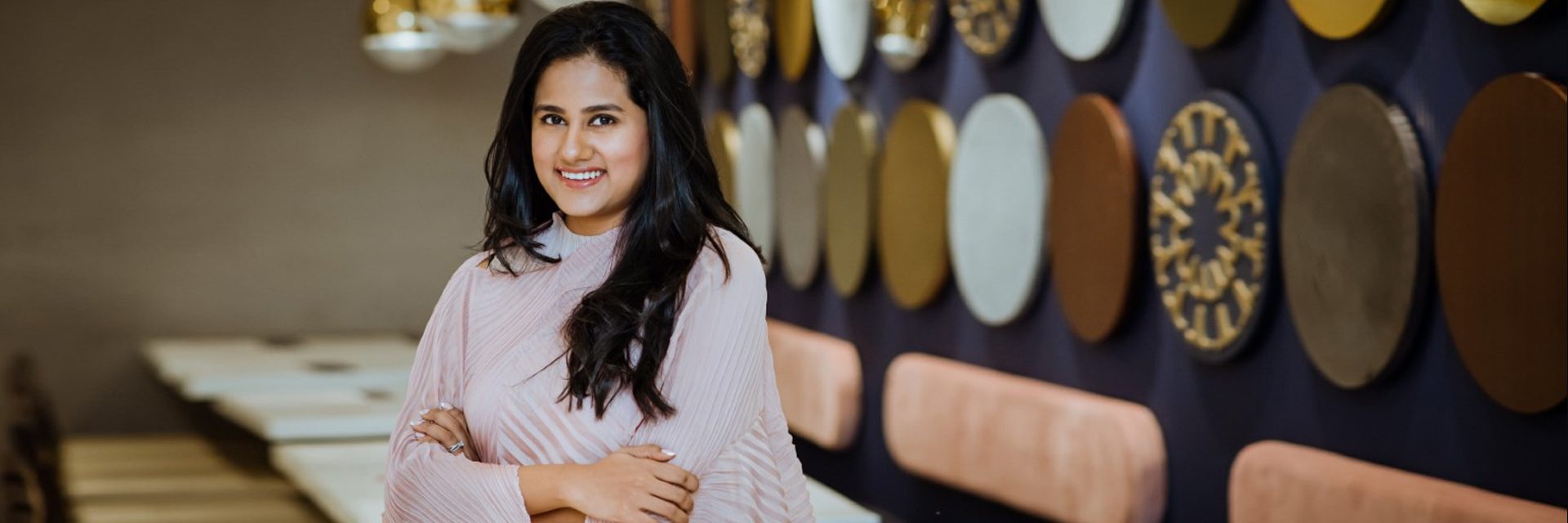
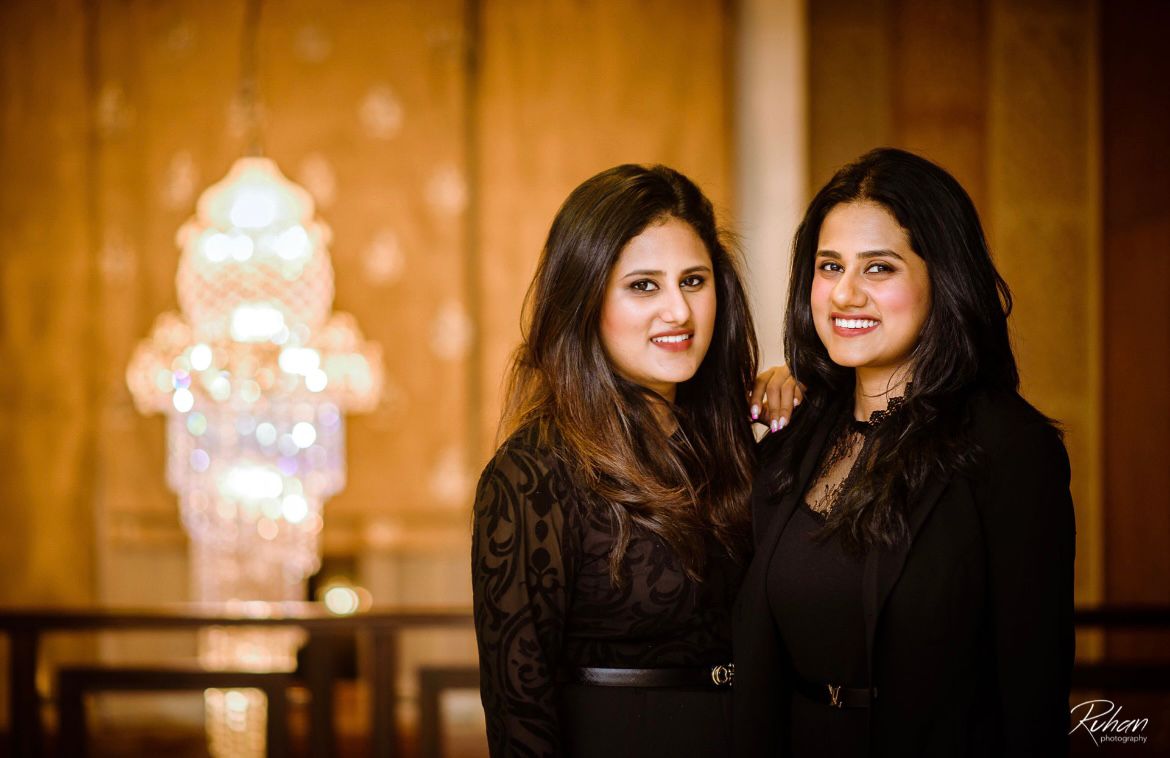 Ramya Ravi with her sister Shweta[/caption]
Ramya Ravi with her sister Shweta[/caption]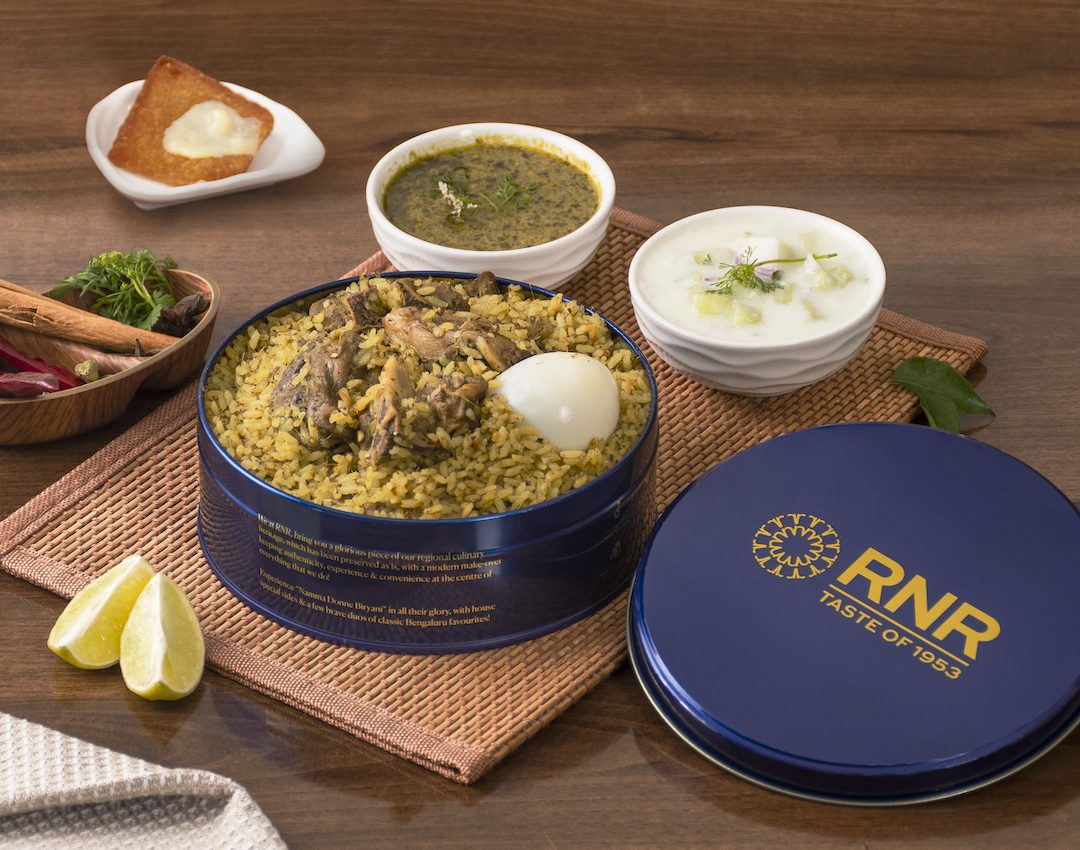
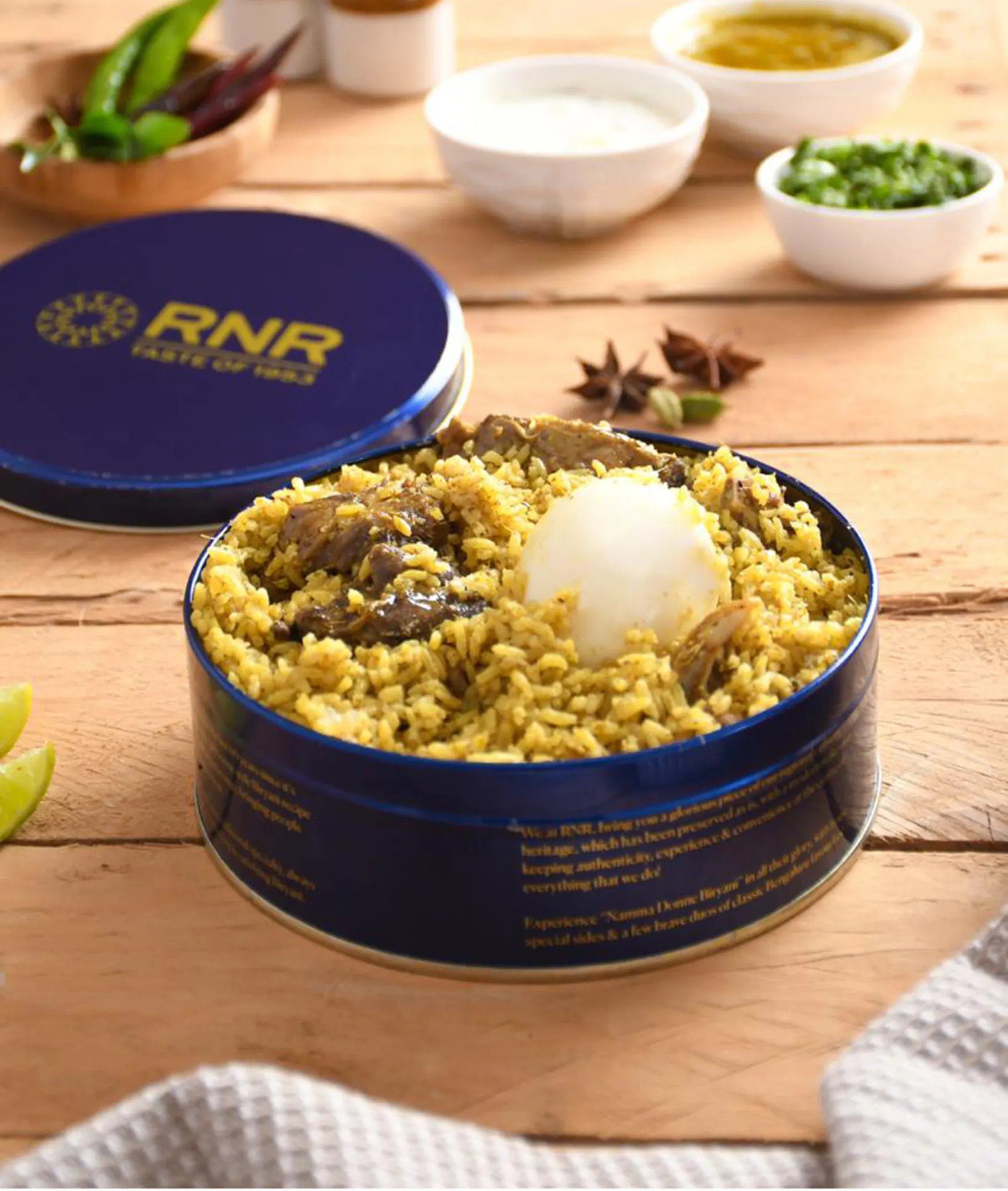

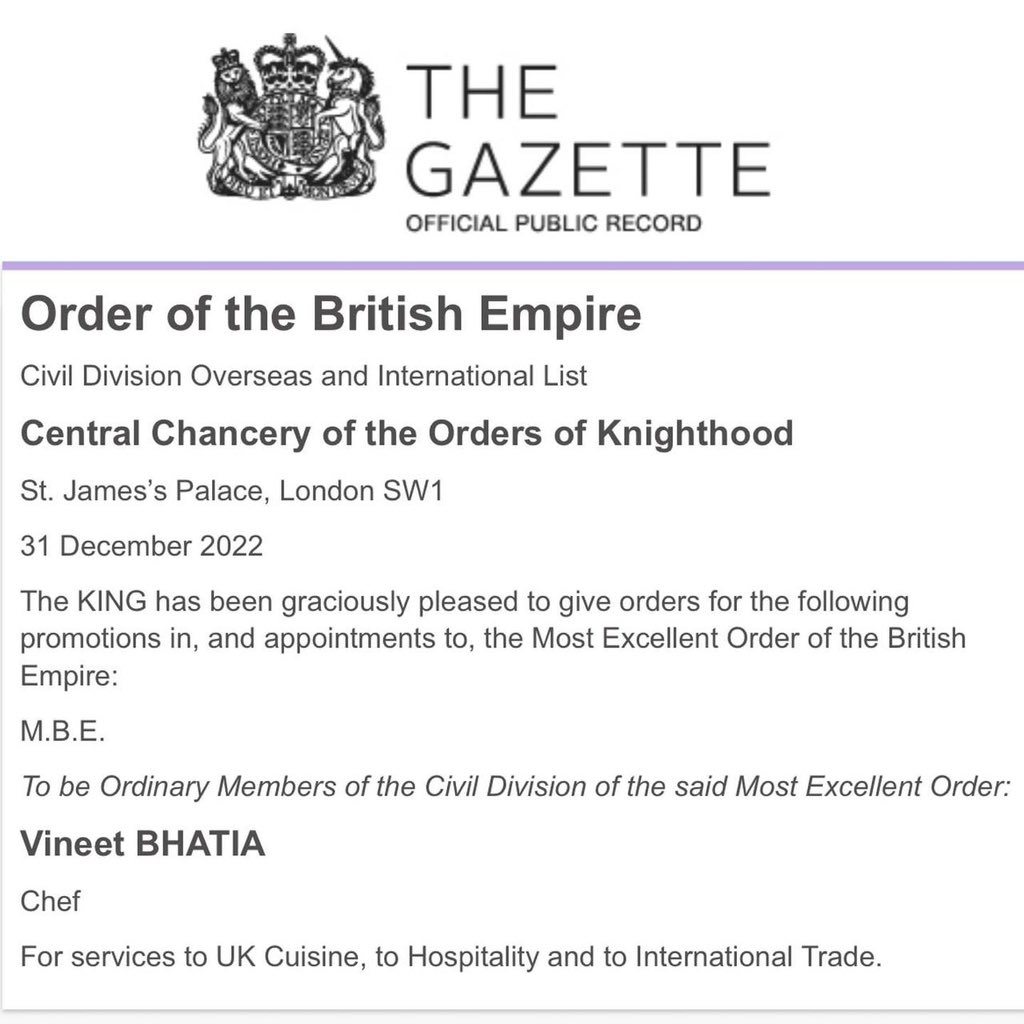
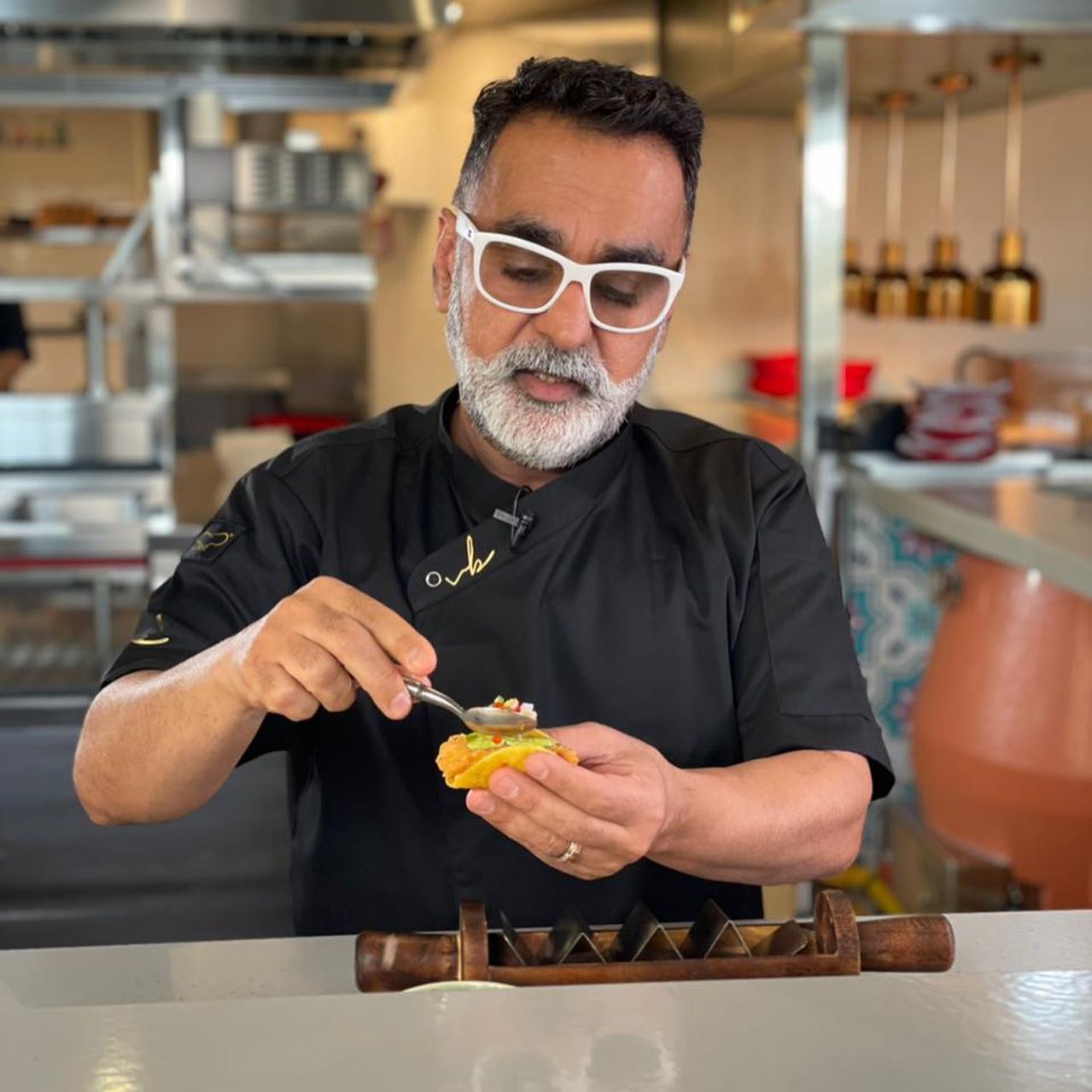 Chef Bhatia bringing Tacos to Indian Cuisine[/caption]
Chef Bhatia bringing Tacos to Indian Cuisine[/caption]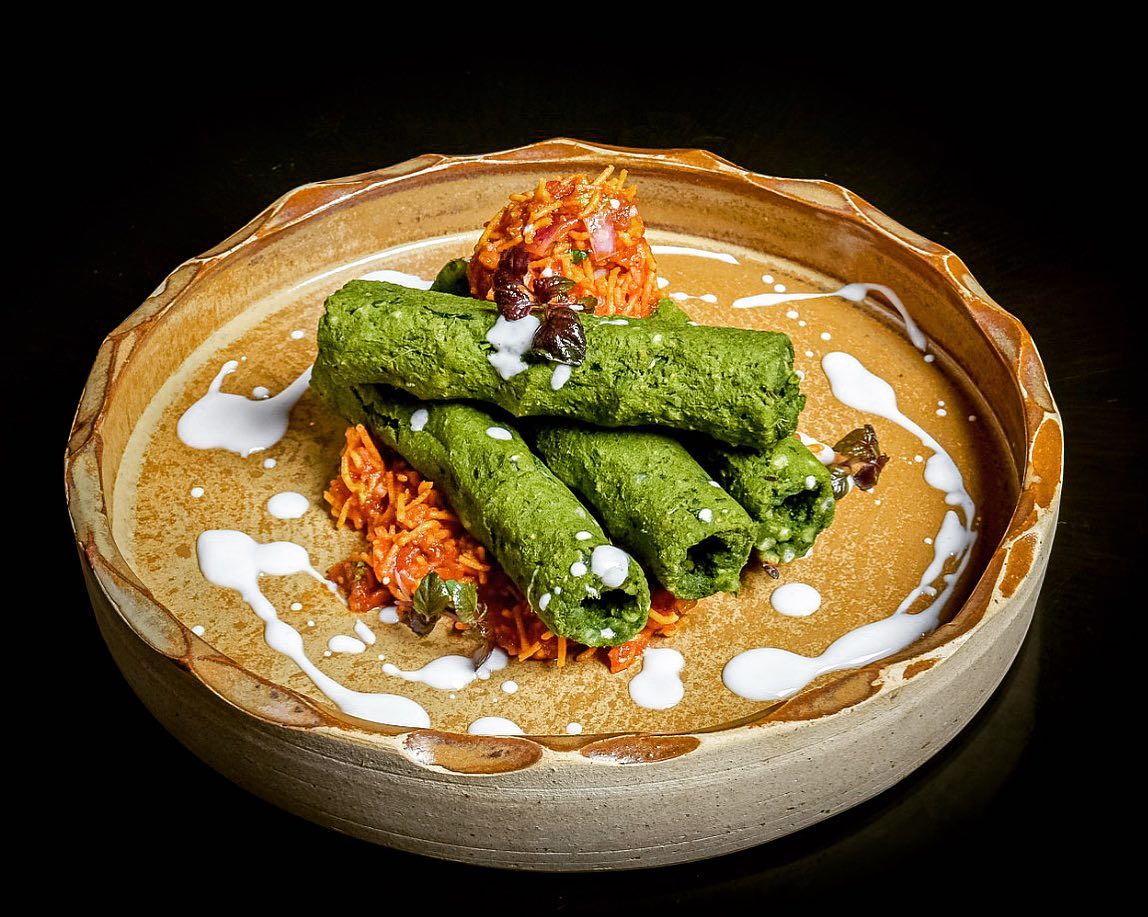 Chef Bhatia's pistachio chicken seekh kabab[/caption]
Chef Bhatia's pistachio chicken seekh kabab[/caption] Chef Bhatia with his family[/caption]
Chef Bhatia with his family[/caption]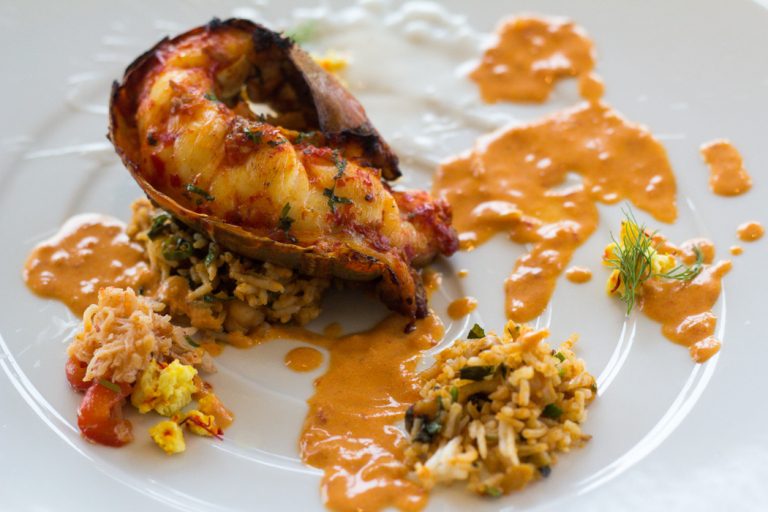 Vineet Bhatia believes in working with local ingredients with nuanced Indian techniques[/caption]
Vineet Bhatia believes in working with local ingredients with nuanced Indian techniques[/caption]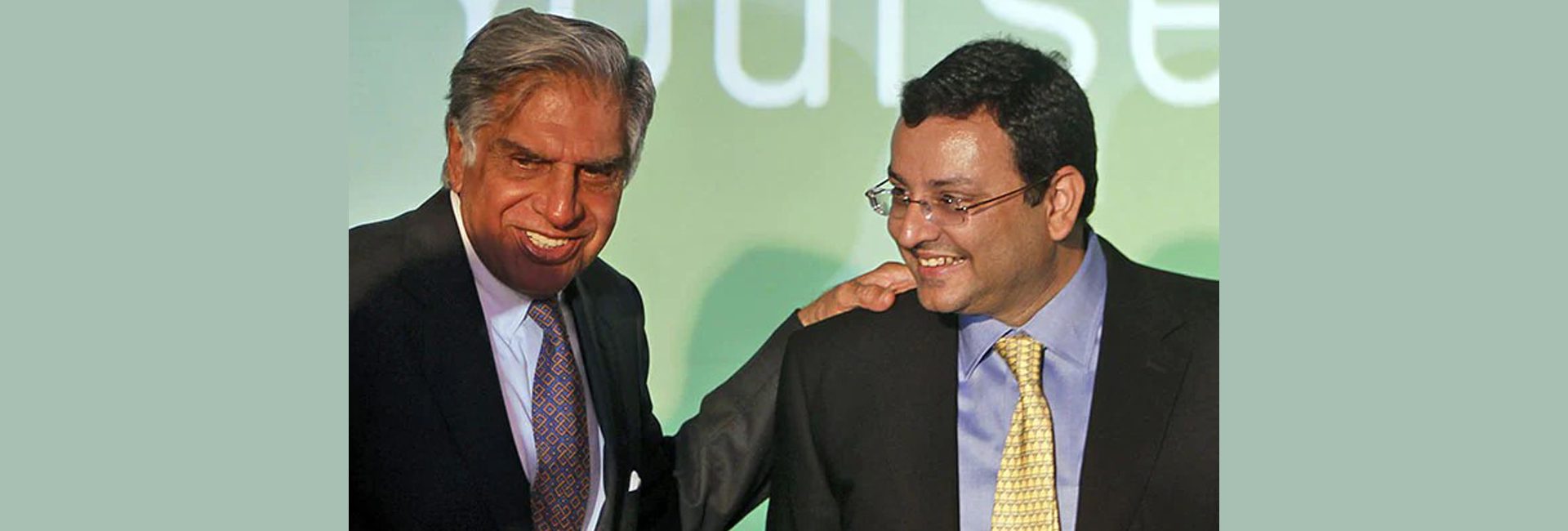
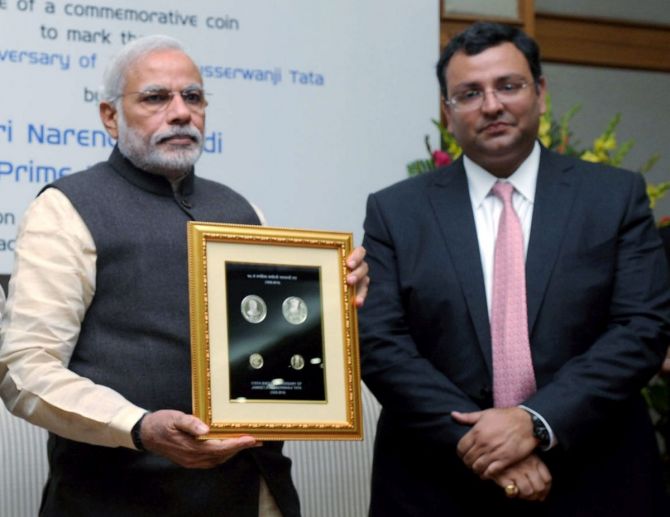 Cyrus Mistry with Prime Minister Modi in 2016[/caption]
Cyrus Mistry with Prime Minister Modi in 2016[/caption] Vallarpadam Railway Bridge, the longest in India, contructed by Shapoorji Pallanji & Co[/caption]
Vallarpadam Railway Bridge, the longest in India, contructed by Shapoorji Pallanji & Co[/caption]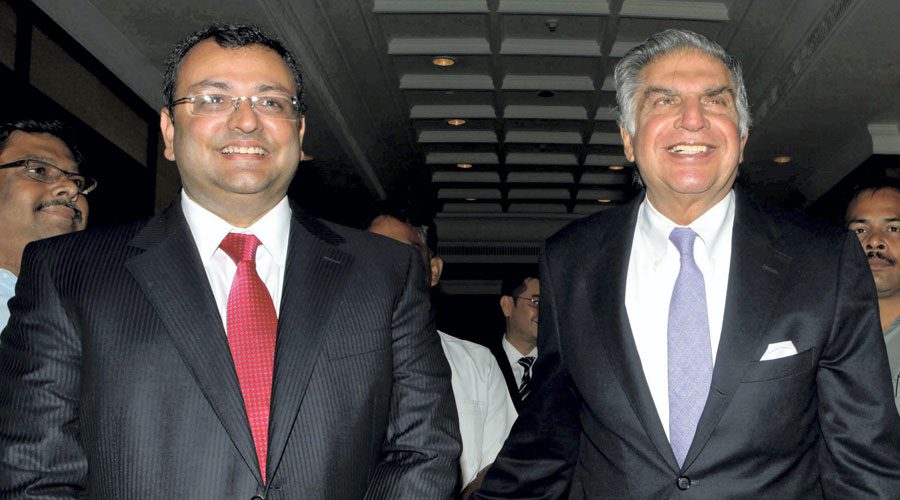
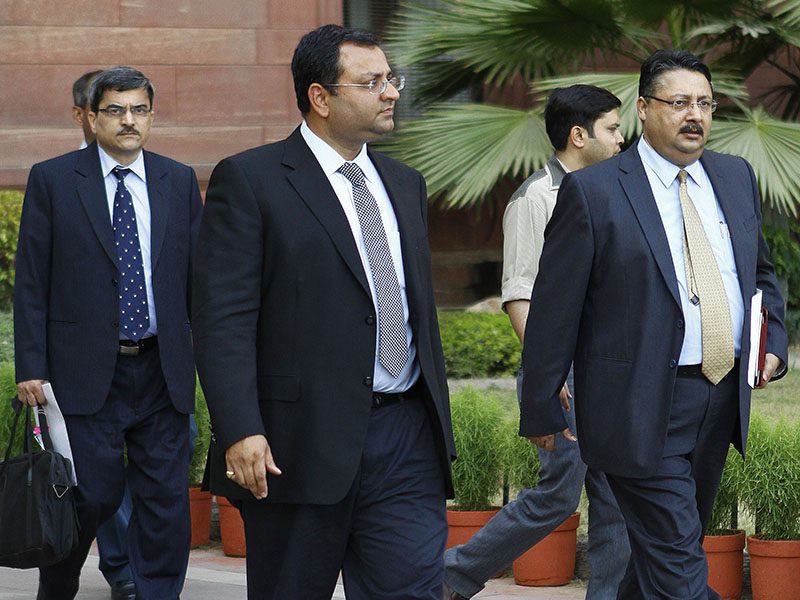 Tata Group Chairman Cyrus Mistry after a meeting at the Finance Ministry on May 29, 2012 in New Delhi, India. (Photo by Vipin Kumar / Hindustan Times via Getty Images)[/caption]
Tata Group Chairman Cyrus Mistry after a meeting at the Finance Ministry on May 29, 2012 in New Delhi, India. (Photo by Vipin Kumar / Hindustan Times via Getty Images)[/caption]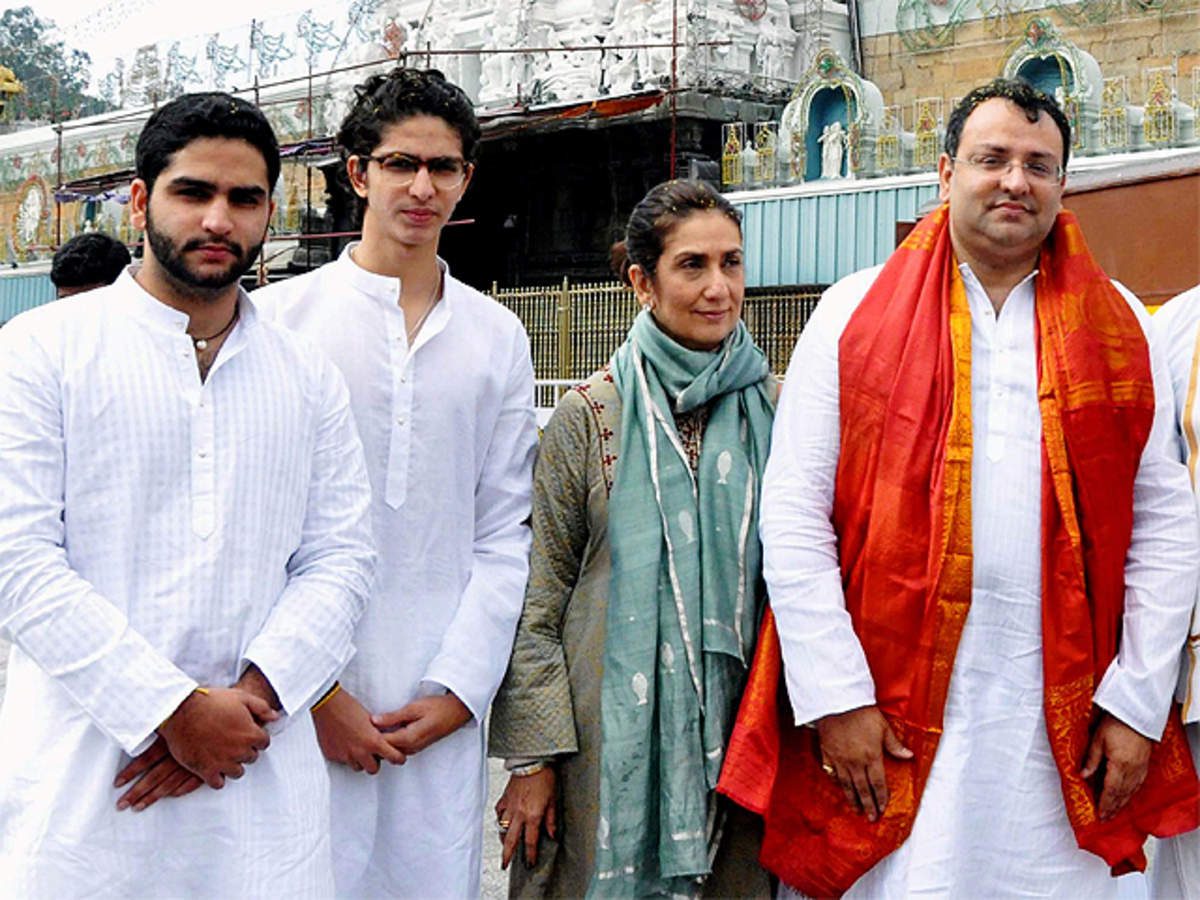 Cyrus Mistry and his family[/caption]
Cyrus Mistry and his family[/caption]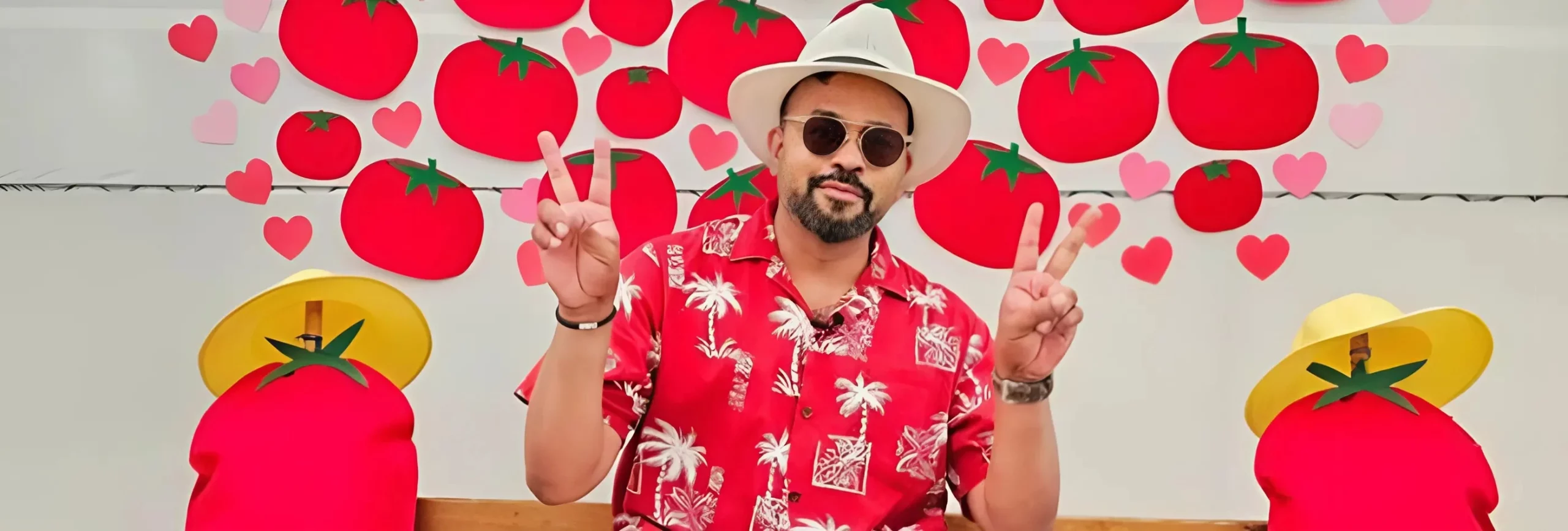
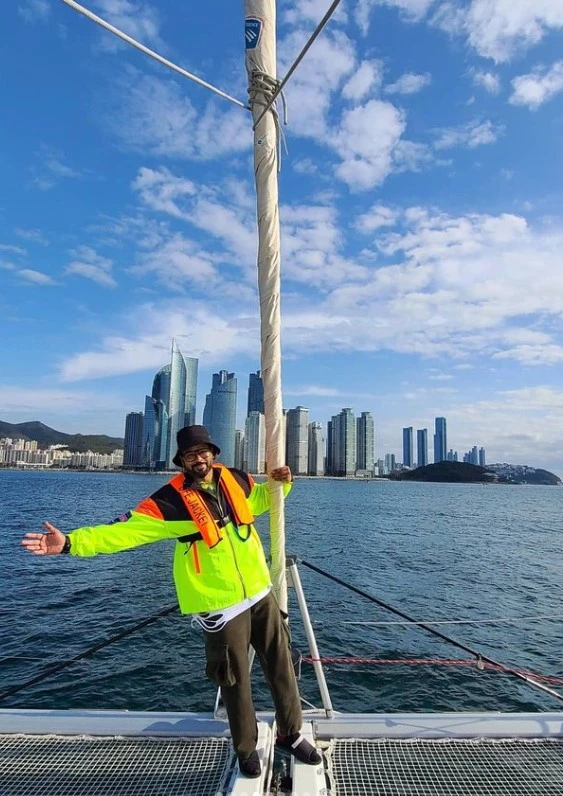
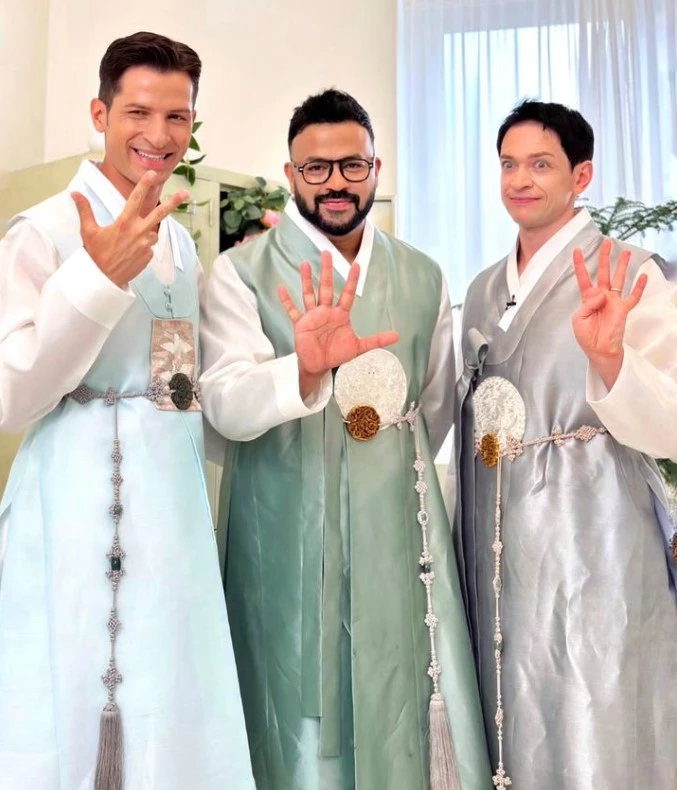 Lucky with famous expats in Korea during Chuseok, the harvest festival of Korea[/caption]
Lucky with famous expats in Korea during Chuseok, the harvest festival of Korea[/caption]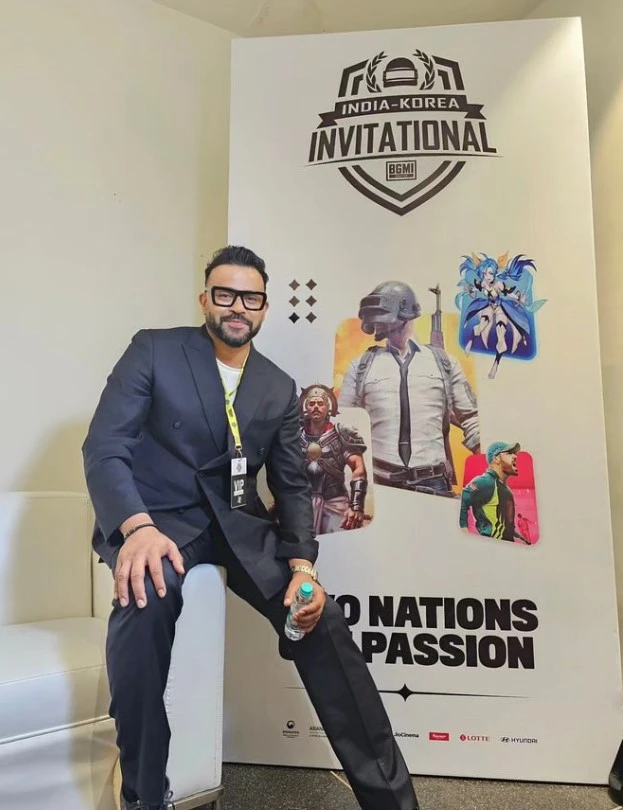
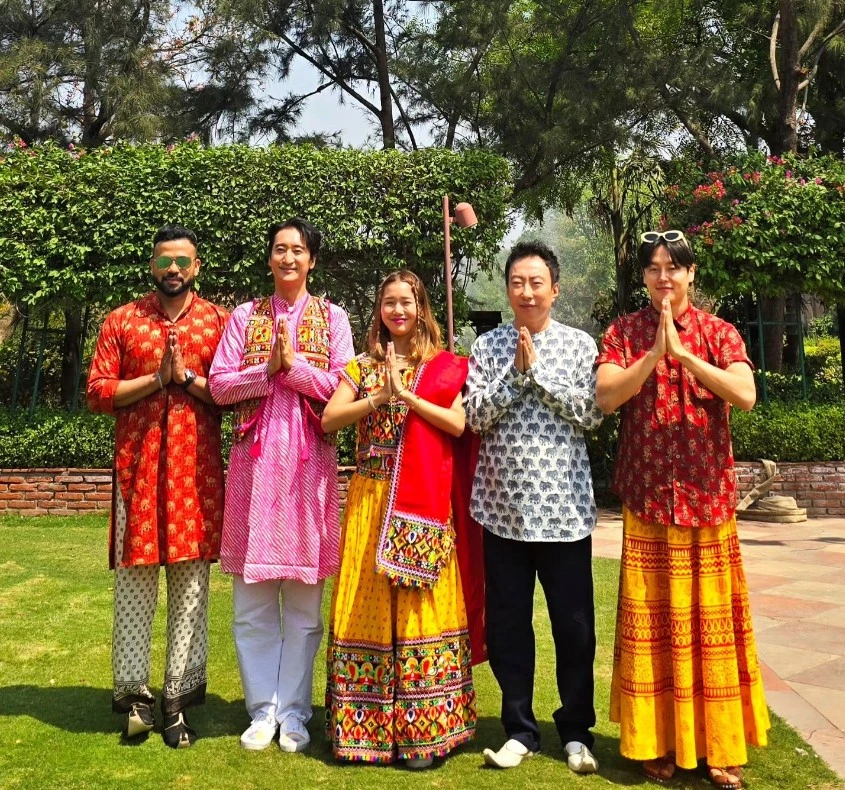 Lucky with fellow Koreans during Great guide India shoot[/caption]
Lucky with fellow Koreans during Great guide India shoot[/caption]
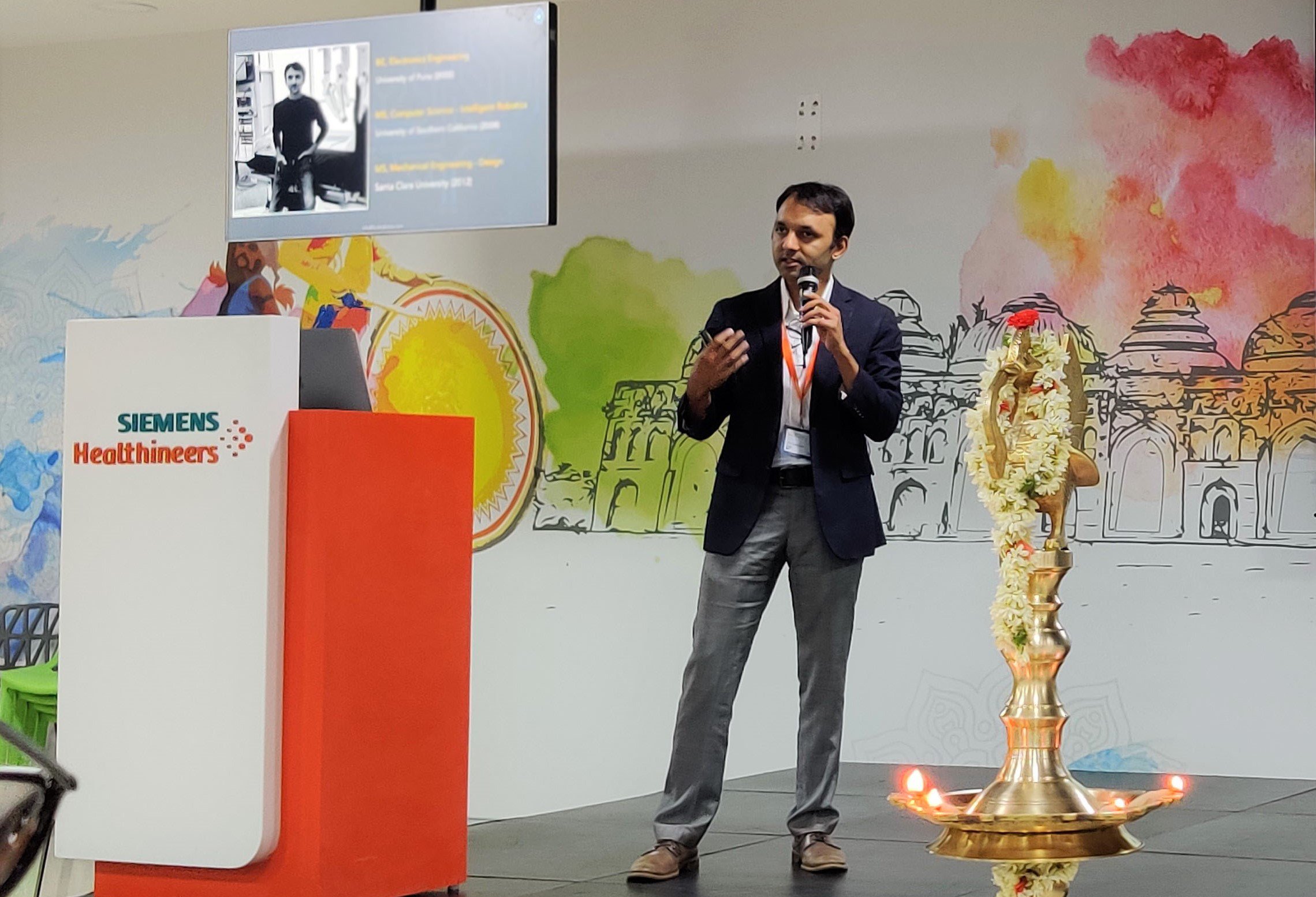 Asim Bhalerao[/caption]
Asim Bhalerao[/caption] Nidhi Jain, the co-founder of Fluid Robotics[/caption]
Nidhi Jain, the co-founder of Fluid Robotics[/caption]